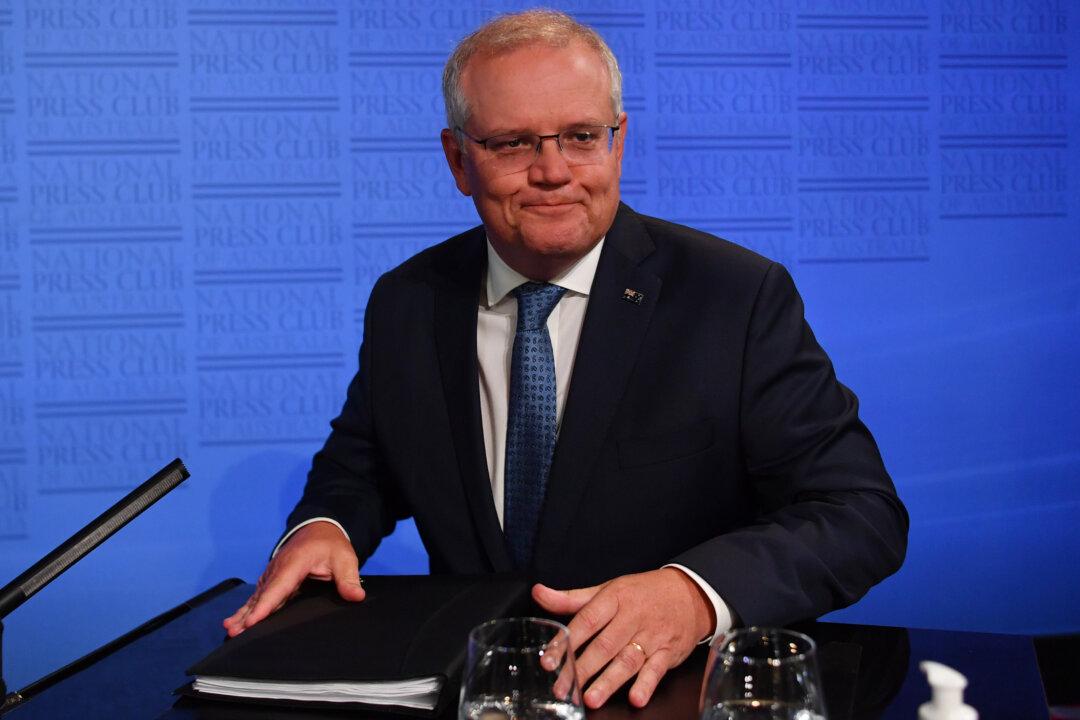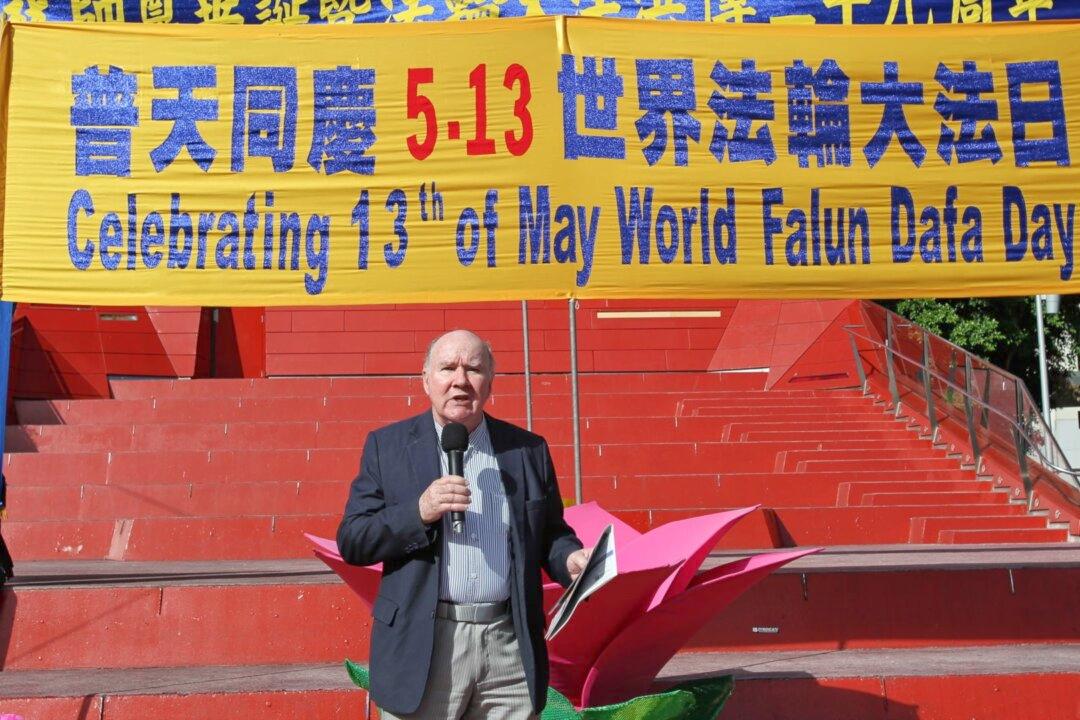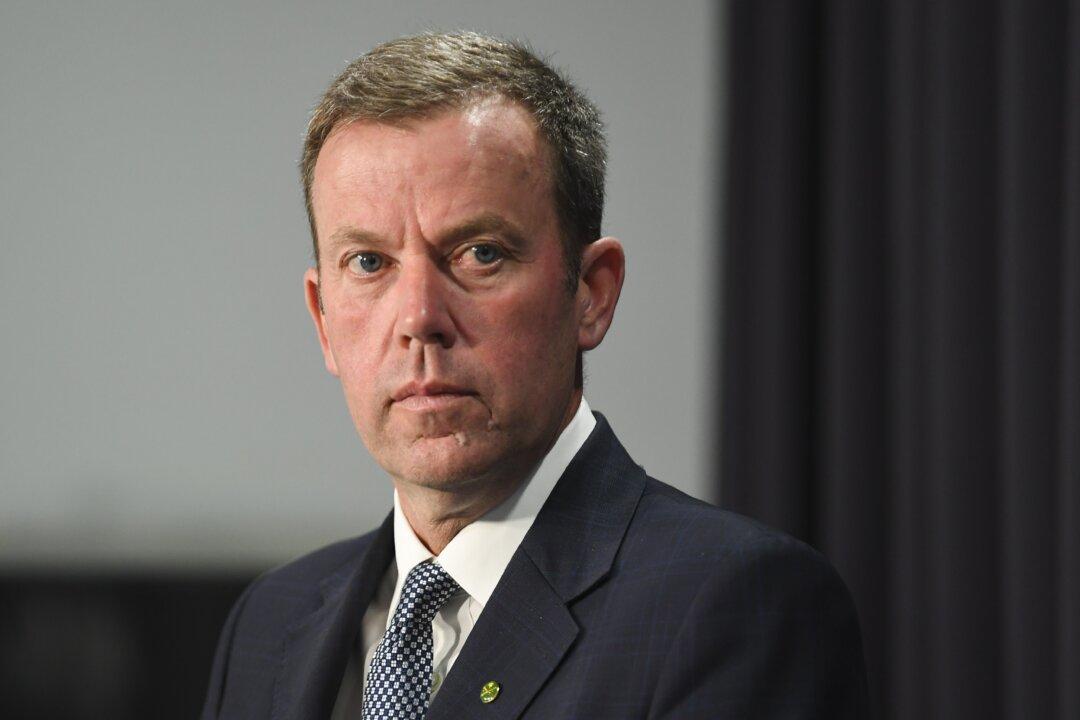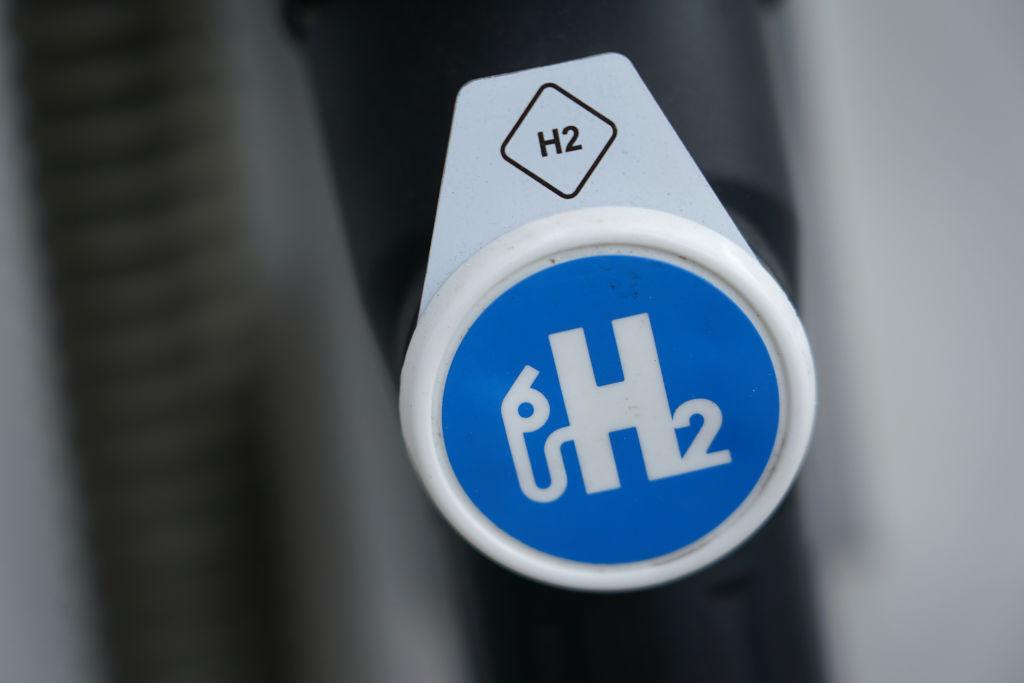Prime Minister Scott Morrison has said the federal government would continue a strong focus on technological advancements, rather than forcing the Australians to pay for climate action as the government pursues the goal of reaching net-zero emission targets.
“In Australia, my Government will not tax our way to net-zero emissions,“ Morrison said. ”I will not put that cost on Australians, and I will particularly not ask regional Australians to carry that burden.”





